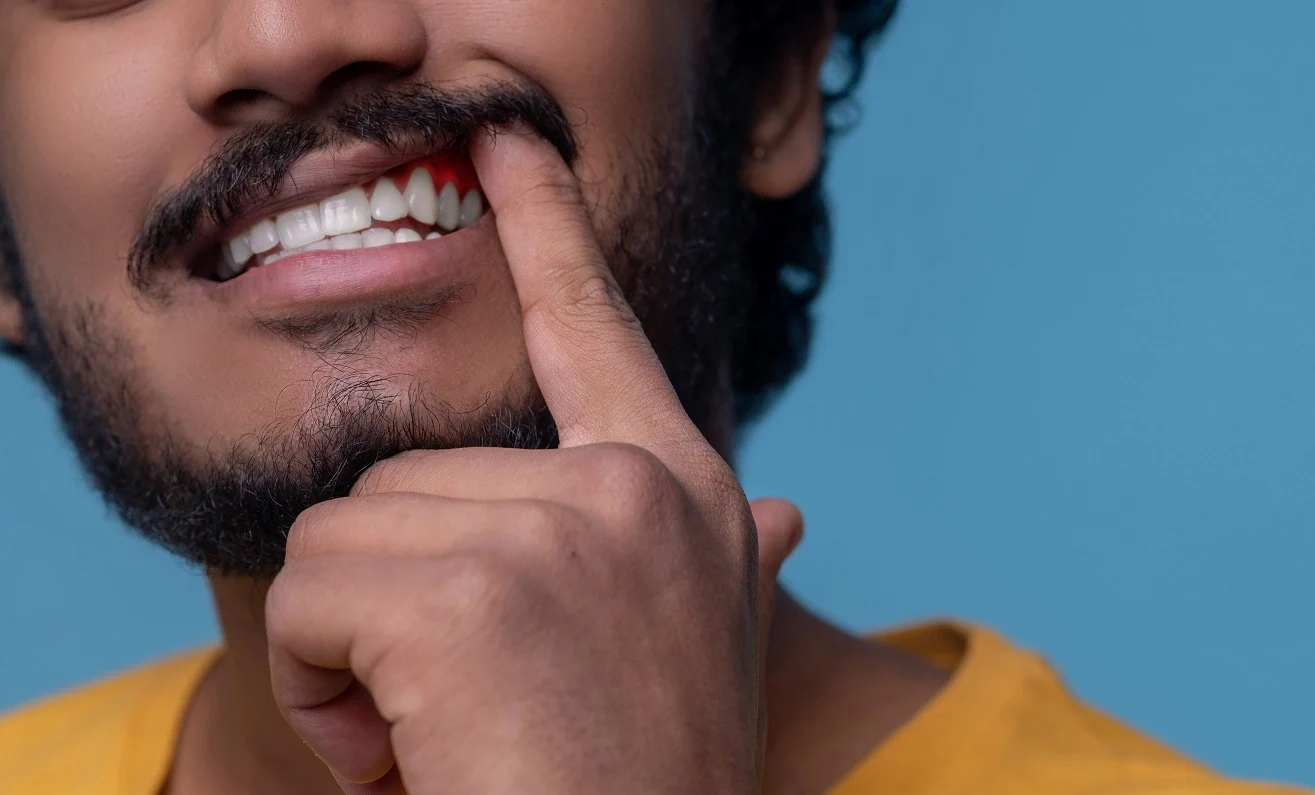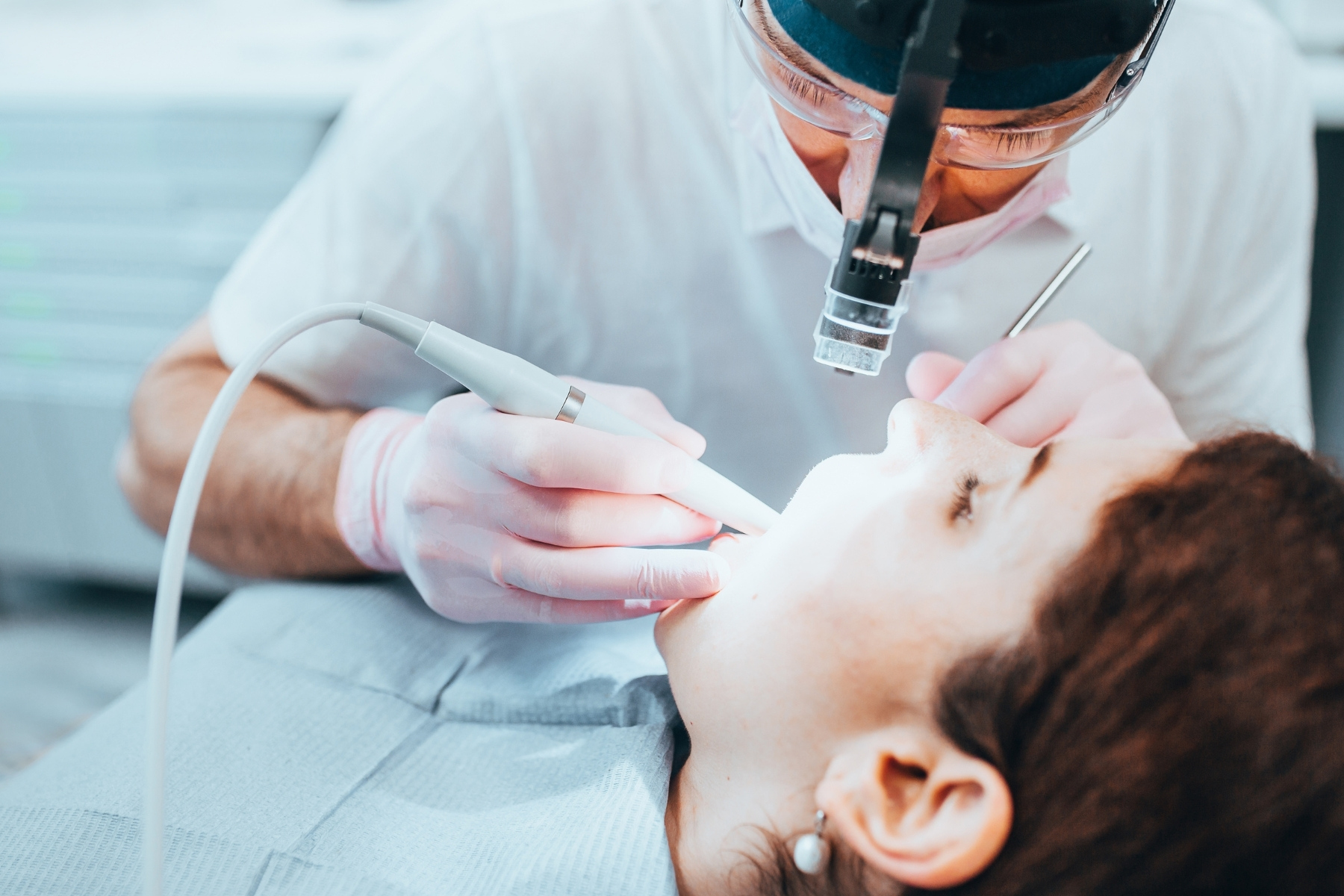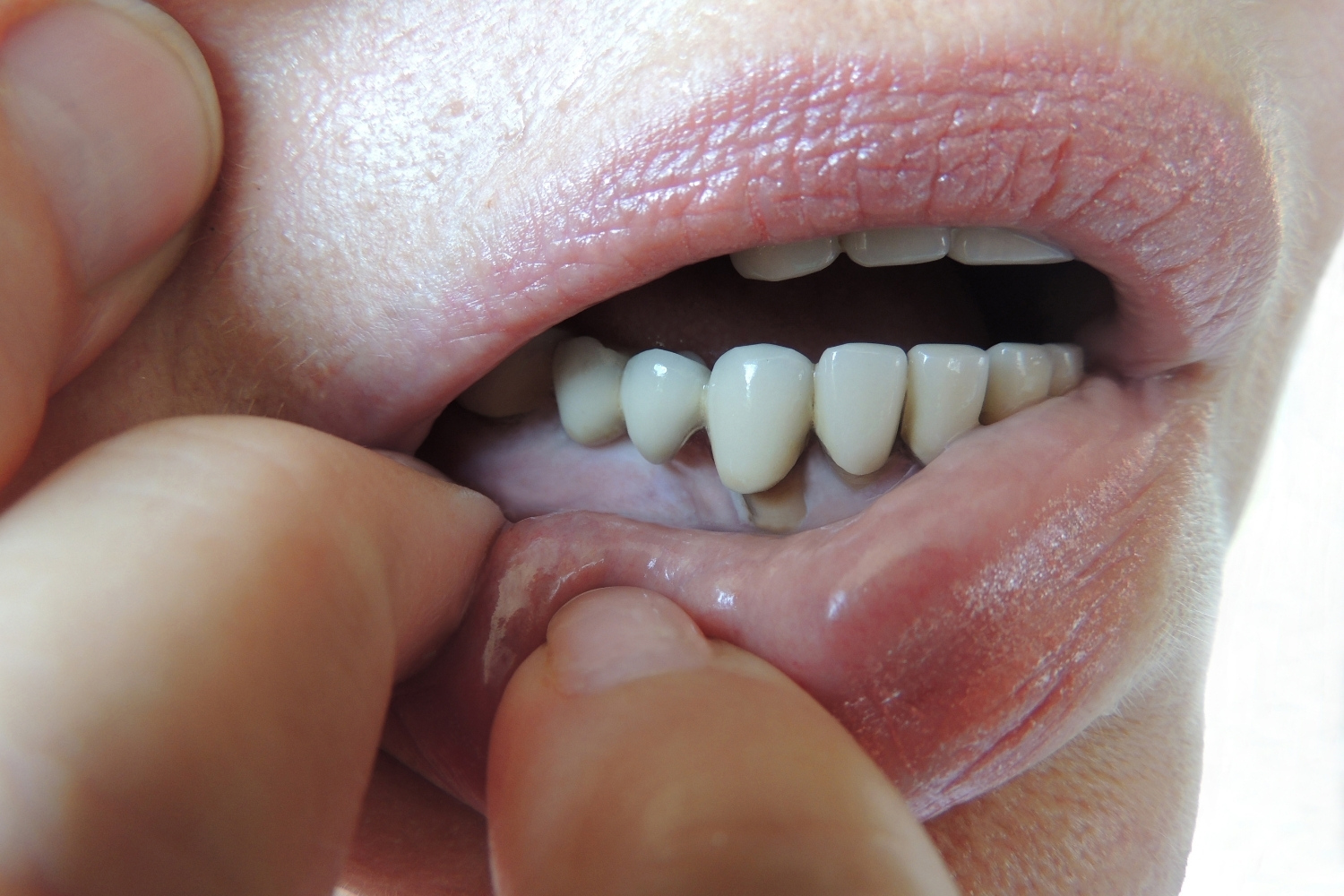Last Updated on: 19th December 2025, 09:33 am
Dental Mobility in Periodontal Disease
Knowledge of the causes of the typical oral diseases continually changes as scientific advances appear. In 1999, a general classification was presented and analyzed at the International Workshop for the Classification of Periodontal Diseases, organized by the American Academy of Periodontology: gingival diseases, chronic periodontitis, aggressive periodontitis, periodontitis as a manifestation of systemic diseases, necrotizing periodontal diseases, periodontium abscesses, periodontitis related to endodontic lesions, malformations and congenital or acquired lesions

The main cause of tooth mobility is the loss of the alveolar bone from inflammatory changes in the periodontal ligament as well as trauma from occlusion. Tooth mobility caused by inflammation and occlusion trauma can be corrected. However tooth mobility whose origin is only the loss of alveolar bone has little chance of being corrected
As for functions such as bruxism or pressure of the tongue, they do not cause gingivitis or periodontitis, but they can cause occlusal trauma and alterations in the periodontal ligament area, thus accelerating the course of existing periodontitis. Non-physiological loads can, without causing loss of insertion, result in an increase in dental mobility.
Loss and patterns of bone destruction
- The loss of bone tissue causes the teeth to gradually loosen and not be able to withstand the usual bite force. If serious periodontal disease is not treated, loose teeth can end up falling out.
- Although periodontitis is an infectious disease of gum tissue, changes that occur in the bone are crucial since bone destruction causes tooth loss.
- A balance of local and systemic influences between bone production and resorption normally preserves normal height and density. When resorption exceeds disease formation, height or density – or both – decrease.
- The level of the bone is the result of previous pathological phenomena, while changes in the soft tissue of the bursa wall reflect the present inflammatory state of the gingiva. Consequently, the degree of bone loss does not necessarily correlate with the depth of the periodontal pockets.
Bone destruction due to gingival inflammation
- Chronic inflammation is the most common cause of bone destruction from periodontal disease, from the marginal gingiva to the supporting periodontal tissues.
- An inflammatory invasion of the bone surface indicates initial bone loss and marks the transition from gingivitis to periodontitis.
- The transition from gingivitis to periodontitis is associated with changes in the composition of bacterial plaque.

Bone destruction patterns in periodontal disease
Periodontal disease alters the morphological characteristics of the bone, in addition to reducing bone height.
Horizontal bone loss is the most common type.. The interdental septa, and the buccal and lingual table are affected, but not necessarily to the same degree.
Bone defects caused by periodontal disease can result in various bone deformities.
Classification of mobility
- Grade 0 – detectable mobility.
- Grade 1 – displacement less than 1mm.
- Grade 2 – arch greater than 1mm.
- Grade 3 – horizontal tooth movement and vertical displacement
Treatment of tooth mobility

Mobility caused by dental occlusion is verified by touch. The dentist places his/her index finger on the buccal surface of one or more upper teeth and asks the patient to progressively close their mouth to verify the bite.
When dental mobility is diagnosed, whether the product of a periodontal disease or another type of pathology, it suggests several types of treatment according to the severity and specificity of each case.
- Supragingival and subgingival scaling to remove dental calculus. This treatment stops the advancement of mobility.
- Tissue regenerations in the areas affected by periodontal disease.
- Eliminate premature contacts with faulty dental occlusion.
- Treat periodontal infections directly.
Conclusion of Dental Mobility in Periondontal Disease
Dental mobility is multifactorial and a problem due to several endogenous and exogenous factors, but the main cause is the loss of the alveolar bone, which is the supporting structure of the dental organs. In preventive control, bone defects can be stabilized and corrected that return dental mobility to its original state. But when dental mobility is in the advanced stage, the stomatological diagnosis is more reserved. Hence the importance of periodontal clinical probing accompanied by an auxiliary radiographic examination to determine the state of the disease.

Contact us
If you have any questions about this or other topics, you can contact us at Channel Island Family Dental as well as our Facebook page. We look forward to your visit and will make a timely diagnosis. Our dentists in Oxnard, Santa Paula, Ventura, Newbury Park, and Port Hueneme will be able to guide you towards the best treatment to take care of your health and return your best smile














